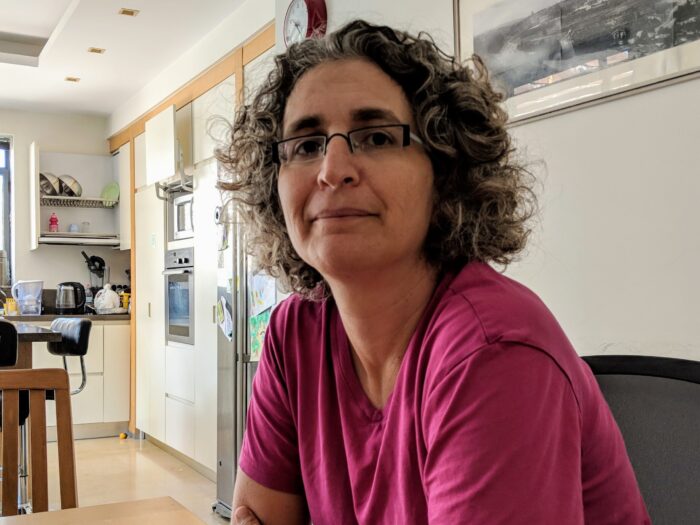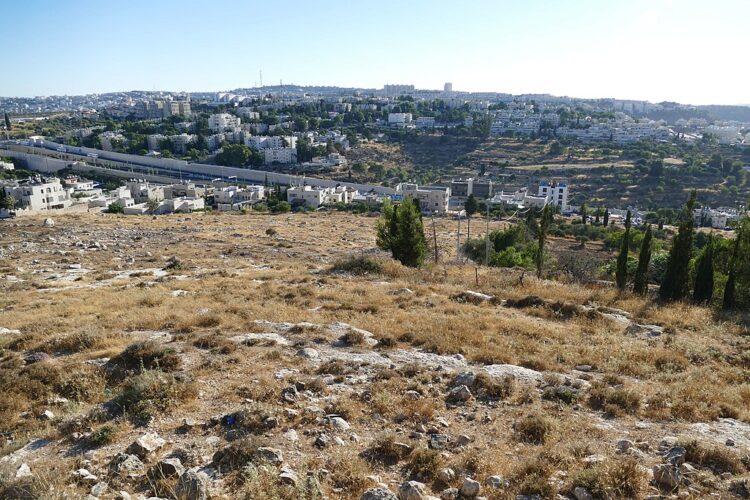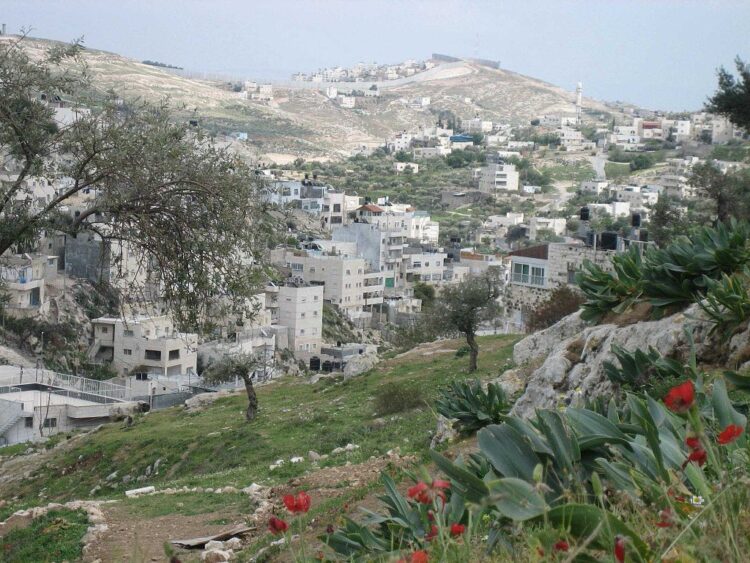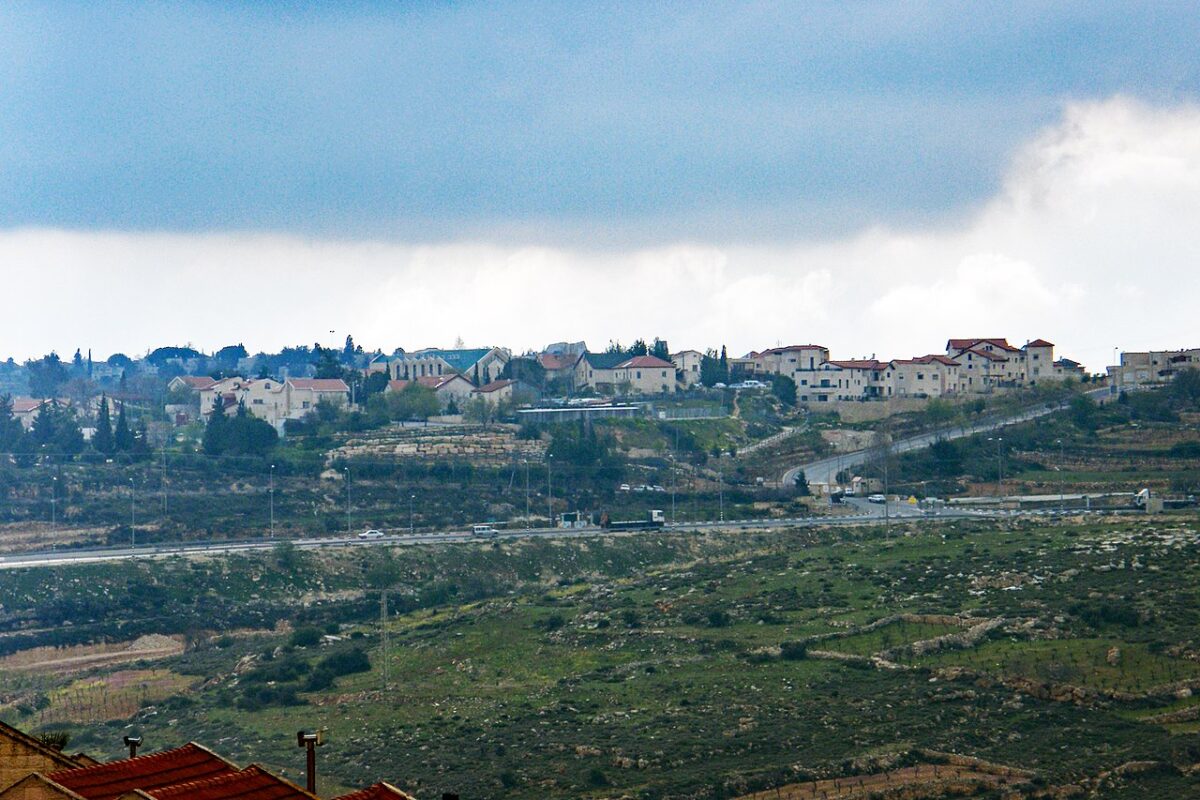Israel has launched an ambitious infrastructure program to expand existing settlements, construct new ones and build more roads in the occupied West Bank, says Hagit Ofran, the head of Peace Now’s Settlement Watch Project.
Prime Minister Benjamin Netanyahu’s broad objective is to consolidate Israel’s control of the West Bank and block the emergence of a territorially-viable Palestinian state, she explained in a December 7 webinar sponsored by Americans for Peace Now.
Israel’s plan is tacitly supported by U.S. President Donald Trump. As the Progressive Israel Network noted yesterday, “It is clear that the Netanyahu government is trying to exploit the outgoing Trump administration’s wholehearted embrace of Israel’s settlement enterprise in order to further erase the distinction between Israel and the territory it occupies.”
Since the start of Trump’s presidency nearly four years ago, Netanyahu has advanced plans to build thousands of housing units in West Bank settlements that could accommodate 100,000 new Jewish settlers, she said.

Seventy eight percent of these settlements are located deep inside the West Bank, which is currently inhabited by three million Palestinian Arabs and 450,000 Israeli Jews.
During the final two years of Barack Obama’s presidency, Israel announced its intention to build 4,600 new housing units in the West Bank. In the past year, that figure has more than doubled.
Israel is creating “facts on the ground” as it shores up its recent normalization agreements with the United Arab Emirates, Bahrain and Sudan.
Ofran cited two plans, E-1 and Givat Hamatos, designed to undermine a two-state solution. Both have yet to receive official approval and can be stopped, she said.

Last summer, the European Union said that “further settlement construction in this strategically sensitive area will have a devastating impact on a contiguous Palestinian state …”
Ofran noted that more than 1,000 Jewish settlers have moved into eastern Jerusalem neighborhoods like Silwan and Ras al-Amoud in recent years. Before the birth of Israel in 1948, upwards of 2,000 Jews lived in East Jerusalem.
Israeli settlers, in a campaign to exercise their “right of return,” have filed lawsuits to evict Palestinians who bought homes vacated by Jews during the first Arab-Israeli war. Some of them already have been evicted from their apartments under a discriminatory law enacted by the Israeli government in 1970, she said.

According to Ofran, Israel will invest billions of shekels to create a network of roads, overpasses and tunnels in the West Bank so as to attract more Jewish settlers. These costly projects signify that Israel intends to keep large tracts of the West Bank.
Under Trump’s peace plan, which was released last January and rejected by the Palestinians, Israel would retain one-third of the West Bank. During three election campaigns last year, Netanyahu promised to annex the Jordan Valley and all Israeli settlements and outposts, but he suspended the annexation plan in the interest of signing normalization accords with the United Arab Emirates and Bahrain.
Work is now underway on two major projects in and around Jerusalem. South of Israel’s capital, the main highway leading to the Gush Etzion settlement bloc is being expanded so that it bypasses Palestinian villages and refugee camps. Near Maale Adumim, one of the largest settlements, a tunnel is being constructed to connect Jerusalem and Tel Aviv with the West Bank.
These projects serve two objectives: to transform settlements into normal suburban communities with easy and safe access to cities, and to further fragment Areas A and B in the West Bank, which are wholly or partially governed by the Palestinian Authority.
Ofran expressed the hope that the incoming U.S. president, Joe Biden, will be supportive of a two-state solution and oppose settlement construction, which thwarts its chances of success.
